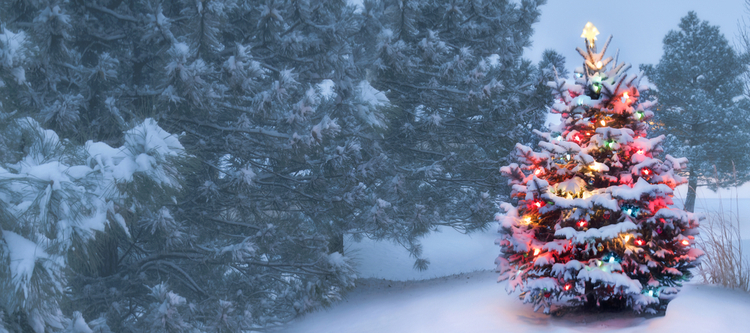Is a Christmas tree in a public park a secular symbol? ABA Legal Fact Check weighs in

A village attorney in Illinois had to weigh Supreme Court precedent when he concluded a Christmas tree in a public park was a secular symbol, according to ABA Legal Fact Check.
Village attorney Charles Marino of Mundelein provided that answer in response to a resident’s request to place a Hanukkah menorah in a public park next to the tree. Another resident later requested that a crèche be displayed as well, the Pioneer Press reported in an article published by the Chicago Tribune.
Marino said the tree “is not a religious symbol. It is neutral. However, a menorah is a religious symbol and a creche is a religious symbol. …And so, a safe harbor is where the village is right now,” according to Legal Fact Check’s summary of primary news coverage. In October, the village board turned down requests to display the menorah and a Nativity scene in addition to the tree.
Marino’s advice on the Christmas tree “appears soundly based on U.S. Supreme Court precedents,” ABA Legal Fact Check says.
The 1971 Supreme Court ruling Lemon v. Kurtzman provides a guide for such cases by creating a test for when the government violates the First Amendment’s establishment clause. The decision held that government action doesn’t violate the establishment clause when it has a significant secular or nonreligious purpose, does not have the primary effect of advancing or inhibiting religion and doesn’t foster excessive entanglement between government and religion.
The Lemon case struck down a laws in Pennsylvania and Rhode Island requiring states to pay part of the salary of parochial school teachers. Thirteen years later, the Supreme Court applied the Lemon test to religious displays on public property in Lynch v. Donnelly. The case allowed a public display that included a crèche as well as other objections, including a Santa Claus house, a Christmas tree and a banner that read “Seasons Greetings.”
Five years later, in County of Allegheny v. ACLU, the court found that an unaccompanied Nativity scene on the grand staircase inside a courthouse, donated by a Roman Catholic group, violated the Constitution. The crèche included a sign from the donating group and an angel with a banner that read “Gloria in Excelsis Deo.”
But, in the same decision, the court permitted a menorah a block away on public property that was next to a Christmas tree and a sign saluting liberty.
The 1980s cases spurred what some call the “reindeer rule,” according to Legal Fact Check. The rule is “an assumption that a religious Nativity scene can survive a court challenge if it is part of larger holiday display that contains secular symbols or symbols from other religious traditions,” Legal Fact Check says.



